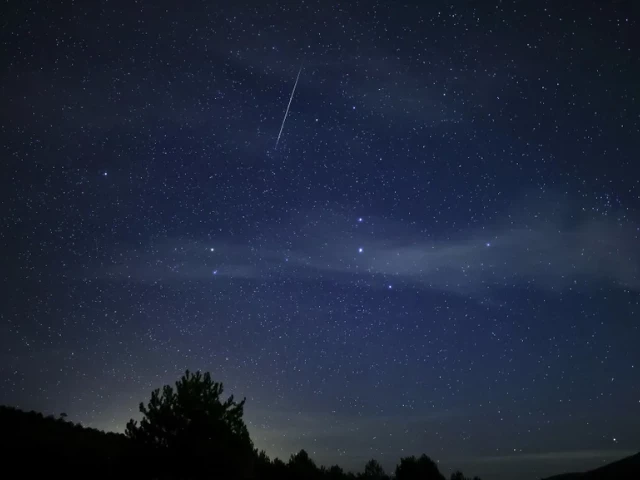Quadrantids meteor shower: When and how to watch it in 2025
Unlike most meteor showers that last several days, the Quadrantids have a brief peak that lasts only six hours.

The new year brings the peak of the Quadrantids, one of the strongest meteor showers, which is expected to illuminate the night sky.
Unlike most meteor showers that last several days, the Quadrantids have a brief peak that lasts only six hours.
This rapid meteor shower is caused by Earth passing through a thin stream of particles from asteroids and comets, leading to dramatic fiery displays as these particles disintegrate in the atmosphere.
However, due to the dense concentration of debris and Earth’s perpendicular entry into it, the Quadrantids’ peak is relatively short.
The Quadrantids are best viewed during the early hours before dawn, with peak activity expected between 10 am and 1 pm ET on January 3, 2025.
This timing benefits viewers in Alaska, Hawaii, and far eastern Asia, while North American viewers can expect up to 25 meteors per hour on the East Coast and even more on the West Coast due to the later sunrise.
Clear skies and minimal light pollution are crucial for the best experience, as city lights can hinder visibility. A location with an open sky and a comfortable viewing spot will enhance the chances of witnessing the meteors.
Although the Quadrantids typically don’t leave long trails like other meteor showers, they are known for producing bright fireballs, which are larger meteors that leave spectacular streaks across the sky.
The waxing crescent moon will also set early, providing an unobstructed view of the meteor shower.
The Quadrantids’ name comes from a now-obsolete constellation, Quadrans Muralis, which no longer appears in modern star charts. The radiant point of the meteor shower is located near the Big Dipper and the star Arcturus.
Meteors will be visible across the sky, so there’s no need to focus on one specific direction.
Unlike most meteor showers, which originate from icy comets, the Quadrantids are linked to an asteroid, 2003 EH1, which orbits the sun every 5.5 years. A second source, Comet 96P/Machholz, is also believed to contribute to the shower.
These celestial objects have left behind debris over thousands of years, resulting in the spectacular meteor display.
After the Quadrantids, meteor showers will be less frequent, with the next major event not expected until April.



















COMMENTS
Comments are moderated and generally will be posted if they are on-topic and not abusive.
For more information, please see our Comments FAQ